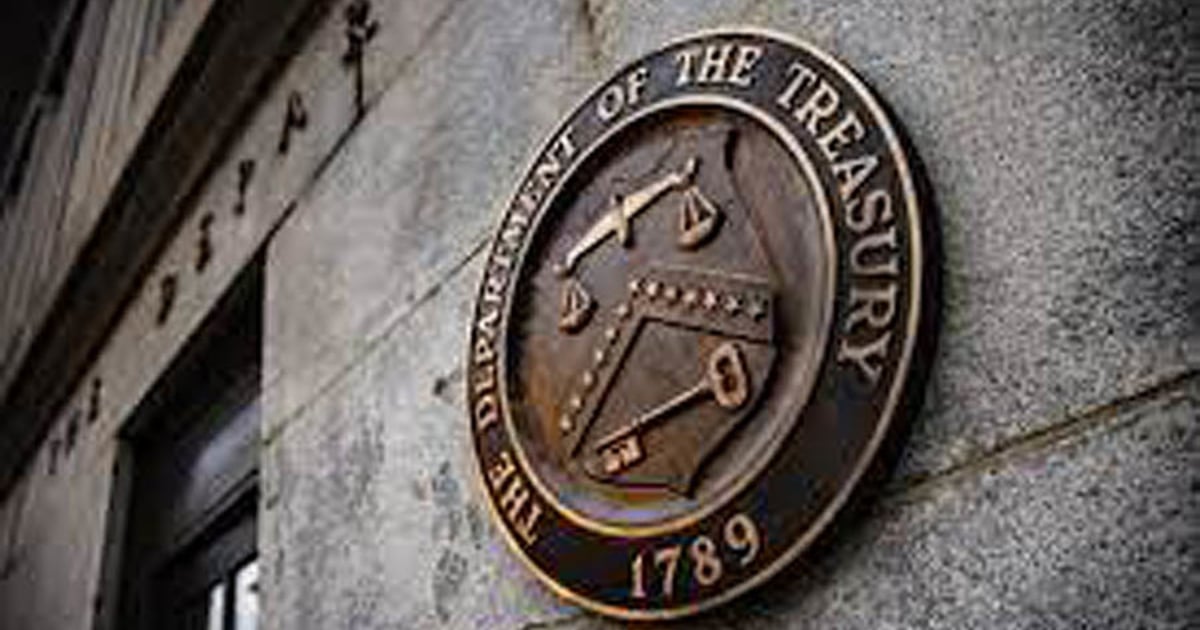
WASHINGTON — The U.S. Treasury Department on Monday said it will issue proposed guidance for the critical mineral and battery component requirements in March, effectively delaying those eligibility restrictions in the $7,500 tax credit for new electric vehicles.
Under the recently signed Inflation Reduction Act, the department was required to issue proposed guidance by Dec. 31 that will further define how to meet the revamped EV tax credit’s eligibility rules, which are designed to incentivize domestic EV production, reduce reliance on foreign supply chains and prevent wealthy buyers from getting a discount.
Instead, Treasury said it will release information before the end of the year that will outline the “anticipated direction” of the critical mineral and battery component requirements that new EVs must meet to qualify. The information also will help automakers “prepare to be able to identify vehicles eligible for the tax credit when the new requirements go into effect,” the department said.
As of the bill’s enactment in mid-August, eligible EVs must be assembled in North America. Here is how the delay in guidance affects EV incentives going forward:
- Restrictions on sticker price and buyer income still take effect Jan. 1.
- The critical mineral and battery component requirements do not take effect until after Treasury issues the proposed guidance in March.
“Treasury will issue a notice of proposed rule-making (NPRM) in March with proposed guidance on the critical minerals and battery components requirements,” the department said. “By statute, the critical mineral and battery component requirements take effect only after Treasury issues that proposed rule.”
The revamped $7,500 tax credit for new EVs is parceled out in two halves for qualifying vehicles and buyers. Half is based on meeting escalating requirements for battery components to come from North America, with none from “foreign entities of concern” as soon as 2024. The other half is based on critical minerals coming from the U.S. or free trade partners with no “entity of concern” sourcing from 2025.
For critical minerals, the law states that before 2024 and after Treasury issues the proposed guidance, 40 percent must be extracted or processed in the U.S. or in a country where the U.S. has a free-trade agreement in effect, or from materials that were recycled in North America. By 2027, the law requires 80 percent.
For battery components, the law states that before 2024 and after Treasury issues the proposed guidance, 50 percent must be made or assembled in North America. By 2029, the law requires 100 percent.
Automakers had been asking Treasury for clarity on key provisions in the tax credit and urging as much flexibility as possible as they hurry to localize supply chains for EV batteries and critical minerals and ensure vehicle eligibility.
“As much as automakers and policymakers would like this transition to happen faster, increasing access to critical raw materials, expanding manufacturing capacity and broadening our domestic supply chains will not happen overnight,” the Alliance for Automotive Innovation, which represents most major automakers in the U.S., said in comments filed to Treasury last month.
“We’ve said since the beginning the critical mineral and battery component requirements in the reworked 30D EV tax credit were hugely complex. This is a big change, so it’s not surprising the Treasury Department is taking this extra time to issue the rules on minerals and batteries,” John Bozzella, CEO of the alliance, said in a statement on Monday to Automotive News. “In any event, the credit will include some additional restrictions come Jan. 1.”